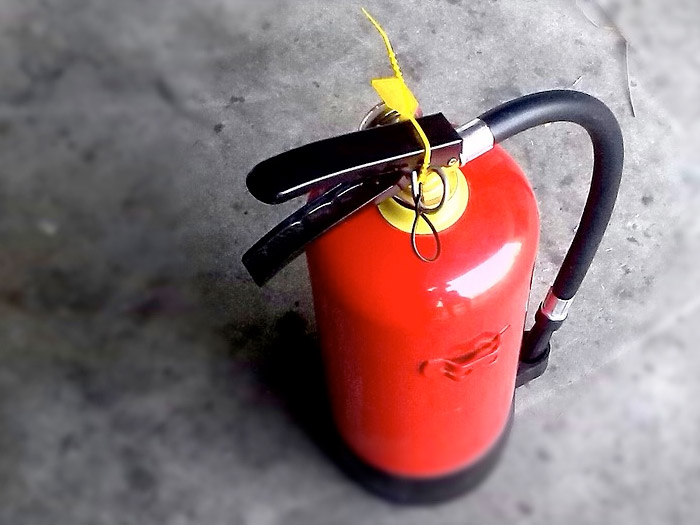The fire risk assessment is a vital document that records the details that you have regarding your premises and to identify any areas are fire might start, and then making recommendations designed to reduce the likelihood of any fire and the maintenance of your fire procedures and systems.
The role of a Fire Risk Assessment is to keep the premises safe for your employees, clients and customers.
What does a Fire Risk Assessment do?
 A fire risk assessment involves identifying and evaluating potential fire hazards and risks within a building or premises. Assessment should consider the safety of all occupants as there may be employees, visitors, customer’s and firefighters, who use and/or may attend the property.
A fire risk assessment involves identifying and evaluating potential fire hazards and risks within a building or premises. Assessment should consider the safety of all occupants as there may be employees, visitors, customer’s and firefighters, who use and/or may attend the property.
This assessment may also be used to safeguard assets and prevent fires from interrupting operations on the site and the surrounding environment and any possible knock-on effects related to other buildings and passers-by.
Fire risk assessment imposes obligations and responsibilities to ensure the safety and structures in the event of a fire under the new legislation.
Building owners are responsible for fire risk assessments they are also responsible for ensuring that appropriate fire safety measures are put into place to protect occupants’ and visitors and the building itself.
This includes an up-to-date fire action plan, providing suitable and sufficient fire alarm and extinguishing systems, the fire doors and fire escapes are properly maintained. Another requirement is that building owners must appoint a responsible person to ensure that the fire safety measures are adequate and also that the building is managed in accordance with the current fire related regulations.
The concept of responsible person is nothing new it was introduced as a part of the fire safety order 2005, which governs daily fire safety.
The new regulations the responsible person is the individual accountable for the safety of themselves and others. Owners can be the responsible person. Many of them are not experts and they are supported by a Safety or Fire Specialist.
When conducting a fire risk assessment the fire/safety consultant follows some steps to set out useful tasks that need to be carried out:
- You should consider the adequacy of fire safety measures such as alarms , fire suppression, emergency evacuation procedures, all fire equipment, signage and staff training.
- The assessment will identify any measures to be addressed or highlight any additional actions required to mitigate fire risks.
- You need to identify hazards and pinpoint issues including flammable items and potential risks in relation to electrical equipment.
- Stocks of paper, chemicals and other combustible materials present at the premises.
- Identify individuals who could be at risk. This includes all residents, employees, visitors, and if applicable customers who might enter the premises. Document this information and pay particular attention to anyone identified as being vulnerable members or any disabled people and also the very young.
- Next step is to evaluate an action plan once information concerning hazards and people have been gathered by the fire/safety consultant. Look through the recommendations to reduce the risk of fire/injury presented to people and premises.
- They will also establish the fire detection and suppression systems that are in place considering the escape routes and they will recommend the formation of an evacuation plan.
- The findings and recommendation usually highlight training so that everyone is clear on what to do in case of a fire. Regular fire drills are also recommended.
- Businesses are responsible for maintaining a written record of the fire risk assessment and notably so if five or more people attending the premises the last step is to review on a regular basis. We would suggest that organisations review on an annual basis or when they make significant changes to the business or the premises.
- Once the risk assessment is completed the business owners can put plans into place to use the consultants’ recommendations as a checklist to address any of the issues raised which may include installing fire detection and warning systems.
- This plan could also identify any emergency routes and exits that need further signage, emergency lighting or even a fire evacuation plan and any additional support and training for all employees. Who calls the fire brigade? Who is taking the roll call? Who brings out the visitor’s book-all these things need addressing.


